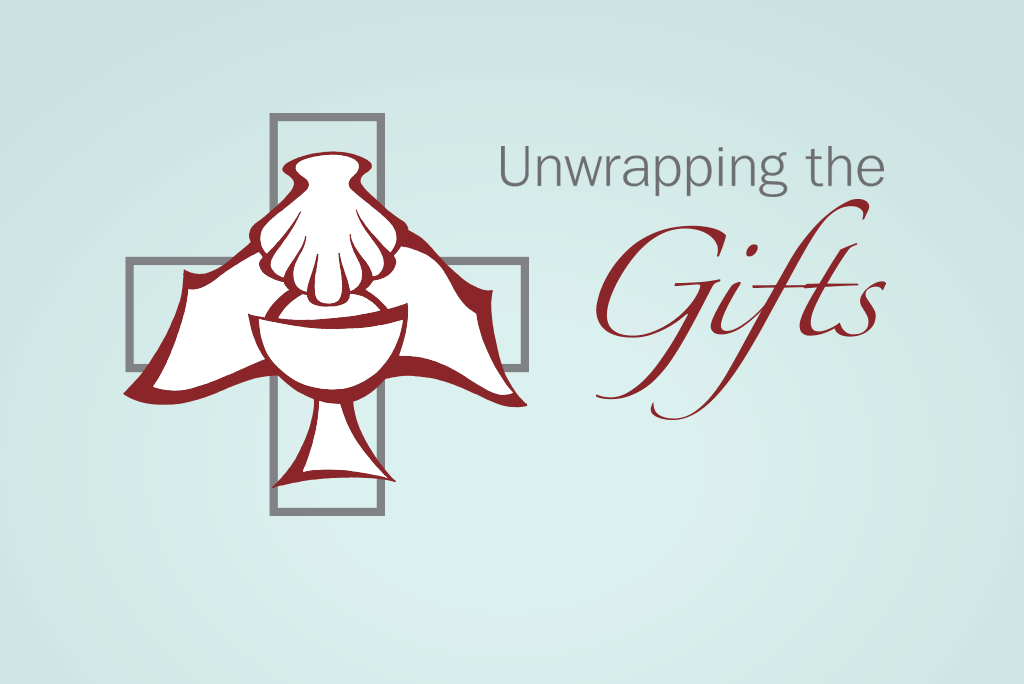By Henry V. Gerike
Cantor, Church of the Reformation—Lutheran, Affon, Mo.
What do “Row, Row, Row Your Boat” and “All Praise to Thee, My God, This Night” (Lutheran Service Book 883) have in common? Both can be sung as a musical round or canon, a musical composition in which two or more voices sing exactly the same melody but with each voice beginning at a different time, allowing the voices to fit together harmonically.
“Canon” stems from the Greek word kanon, for a rule or measuring rod. In a canon, the tune is sung by one group followed by another group at a set number of beats from the first group — thus the rule or canon. Singing hymns in canon provides the congregation or the choir the opportunity to enrich the music.
In the Lutheran Service Book there are only two hymns with the music written out for singing in canon: “Laurel” (LSB 870) and “Tallis’ Canon” (LSB 883). In both cases the second voice is given in the tenor line of the accompaniment (four beats after the soprano entrance). Lutheran composer, Donald Busarow, provided accompaniments for 60 hymns to be sung in canon with his two books All Praise to You, Eternal God (Augsburg 11-9076) and Thirty More Accompaniments for Hymns in Canon (Augsburg 11-10163). The lack of keyboard accompaniment, however, should not deter choirs or congregations from trying hymns in canon, for most canonical singing is best done without accompaniment. This is especially true of the tune, “How Firm a Foundation” (LSB 728), which can be sung either in a two- or four-part canon. For this latter hymn, the sopranos could start, followed by tenors, then altos and finally by basses. This allows the congregation to be surrounded by the sound of the hymn.
It may be helpful for the church musician to write out the melody and the canon (treble and bass clefs). Then the choir can introduce the canon by singing one stanza of the hymn in canon between men and women or by having two instruments play the canon as the hymn is introduced. The instruments could also lead the singing of the sections of the choir or congregation. Canons may be sung by the pulpit side and lectern side, by men and women, by soloists or by choir. Perhaps the easiest way is to have the congregation sing the hymn in the normal way while the choir sings the canon. No matter how the canon is sung, it must always be with a discernible and unwavering tempo. If members of the congregation are to sing the canon, they must be notified by a bulletin or verbal announcement as to when they begin.
Beside providing variety in hymn singing, canon singing can highlight the text of certain stanzas, such as “Perverse and foolish, oft I strayed” ST. COLUMBA (LSB 709, st. 5) or, “We fled Thee, and in losing Thee” THE SAINTS’ DELIGHT (LSB 569, st. 2).
When singing canons, there may be an occasional “rub” or dissonance between the two voices. Such “rubs” will not be offensive when the canon is sung at the octave (e.g. men and women). The tension and release of the dissonance can actually highlight the text: “That Such Sharp Sentence” HERZLIEBSTER JESU (LSB 439, st. 1) or “Fast Bound in Satan’s Chains” NUN FREUT EUCH (LSB 556, st. 2).
Even if the congregation doesn’t sing many hymns in canon, such singing can enrich the repertoire of the choir without the expense of new music.
Lutheran Service Book Hymns That Can Be Sung in Canon
About Unwrapping the Gifts
Unwrapping the Gifts is a bimonthly publication of The Lutheran Church—Missouri Synod Worship Ministry devoted to providing resources for worship. Everyone involved in planning worship is encouraged to subscribe to the Unwrapping the Gifts RSS feed.
Reproduction for individual, church or school use does not require permission.
© The Lutheran Church—Missouri Synod
1333 S. Kirkwood Road, St. Louis, MO 63122-7295 • 888-843-5267
• infocenter@lcms.org • www.lcms.org


